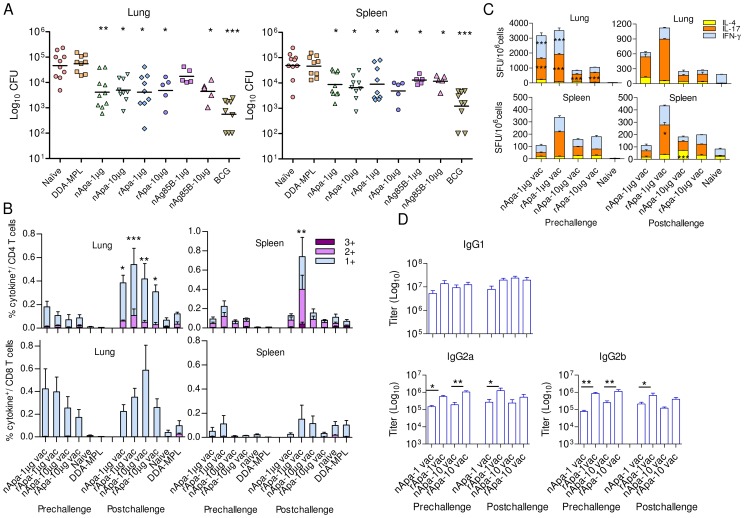Figure 6. Protective potential of Apa against Mtb challenge and recall of T and B cell responses.
(A) Protective efficacy of nApa or rApa vaccinated mice using 1 or 10 µg/dose in DDA-MPL against Mtb challenge. Twelve wks after first vaccine injection, mice were challenged with virulent Mtb Erdman. The differences in bacterial load between vaccinated and nonvaccinated control groups 6 wks after challenge are shown. Data are using 5–10 mice per group. (B–C) T cell responses of Apa vaccinated and control mice pre- and post-challenge. Respective immunogen (i.e. Apa form used for vaccination)-specific responses in Apa vaccinated (vac) groups while nApa-specific responses in control groups are shown. (B) The proportions of 1+, 2+, or 3+ cytokine producers (of IFN-γ, TNF-α and IL-2) constituting Apa-specific total cytokine positive (+) CD4+ or CD8+ T cells are plotted as % of CD4+ T cells (top) or CD8+ (bottom) T cells in the lungs and spleen of Apa vaccinated and control mice. Data are means ± s.e.m. of 4 mice/group. (C) The frequency of Apa-specific IFN-γ, IL-17 or IL-4 SFU/106 pooled spleen or lung cells of vaccinated and control mice. Data are means ± s.e.m. of triplicate cultures. (D) Immunogen-specific IgG1, IgG2a and IgG2b antibody titers in the sera of Apa vaccinated mice. Data are means ± s.e.m. of 4 mice/group. Data in A, B and D are representative of 2 independent experiments. *Significant by Kruskal-Wallis followed by Dunn's test comparing vaccinated group with naïve and adjuvant controls in protection experiment (A), by 1-way ANOVA followed by Bonferroni's test comparing pre- and post-challenge responses of respective vaccinated groups (B and C) or comparing indicated groups (D).

